#DMTBeautySpot #beauty
“And what lining would you like in the suit?”
“Oh I don’t know, just something to match the cloth.”
This is as far as most people go with selecting the lining of their jacket or suit. And with good reason.
Coloured or patterned linings more often look cheap than they do stylish. They’re more likely to detract from the suit than enhance it.
And there is little to choose in the material the lining is made from either. Both Bemberg and ermazine work equally well, and those are used by the vast majority of tailors.
But, there is the question of having jackets unlined or partially lined. Some people like silk linings. And colours that compliment the material of a suit can add a touch of character.
So for all those that want to understand all the options, here is our latest chapter in the Suit Style series – looking at everything about linings.
Why have a lining?
The point of a lining is that it helps both donning and doffing of a suit, and then helps it move when worn.
If there is friction between the jacket or trouser, and shirt or skin underneath, it can get caught and hang awkwardly. When the tailoring has been cut precisely to effect a clean, elegant line, that’s rather a shame.
The lining also helps protect the outer layer from wear caused by the body underneath. And it is much easier to repair than the external cloth.
The major disadvantage of a lining is that it makes the jacket warmer. And a minor one is that it can make the jacket more formal.
So, the reasons for not having a lining are the opposite of all those.
If the jacket is made from a material that does not drape well anyway – like cotton. If the material is less likely to get stuck on clothing – because it’s smooth or heavy. If the material is very robust, and not in need of protection – like tweed. If the jacket is just very casual, and not cut for elegant drape. If you just like the look of a cloth lining – because it’s also more casual.
These all make a lining less important. Still, the only real reason I’d have a jacket unlined is heat – if it’s a summer piece and you need it to be cooler.
I went through a phase of wanting all my jackets quarter lined, so you could see the cloth on the inside when the jacket was opened. And I still see the appeal of that, if it’s part of the brand’s look – as with my Anglo-Italian jacket below.
But it can be annoying. It will catch now and again, and most of the time today I have a full lining in all my tailoring as a result – unless it’s specifically for summer.
Isn’t lining hot?
Having a jacket only partially lined allows body heat to escape more easily. It does make a noticeable difference in hot weather.
However, some materials are also extremely lightweight and breathable, including most wool/silk/linens. Even with the lining, they’re often cool enough unless the weather is over 35 degrees, or very humid. And there are advantages to keeping the lining: the light material will drape more easily, and is less likely to get caught.
In most temperate countries therefore, like the UK and northern Europe, you might be fine with a full lining, and prefer to give the material this support.
I also find the difference between being half lined (where everything but the lower half of the back is unlined) and quarter lined (where only the top half of the back and the sleeves are lined) to be negligible.
Also, don’t have unlined sleeves. You produce very little heat there, and it’s a real pain when getting the jacket on and off. Something I found with my Rubinacci jacket.
Trouser linings are less of an issue, and the standard is for them to be ‘half’ lined – in the front, to the knee.
Summer trousers, such as linens, are often left unlined in order to make them cooler. But again, I’d say unless you’re somewhere very hot, it won’t make a big difference.
I have also tried fully lined trousers, for extra warmth in the winter. But they are annoying when pressing the trousers, and I wouldn’t do it again unless I moved somewhere colder – like Boston or Stockholm.
What can the lining be made from?
The vast majority of suit linings are made from cupro (short for cuprammonium, also known by the brand name Bemberg) or ermazine (viscose rayon).
Both are semi-synthetics, the former being made from cotton extract and the latter from wood pulp (cellulose). Cupro is a little softer to the touch, and ermazine is tougher. Cupro is a little more breathable, but ermazine comes in a greater range of weights sand colours.
Cupro is more common in good suits in the US and Europe, while Savile Row tailors have tended to use ermazine. I’ve had many suits in both, and don’t mind either one. It’s a very small aspect of the suit.
Silk is quite different, however. It’s only used by a few of the very high-end tailors today, such as Cifonelli, as it’s at least five times as expensive as the synthetics.
Silk is derided for being less breathable and less robust than the others. Which it is; but neither are a difference I’ve ever noticed. More significant is that it has a little more friction, so is not as easy to get on and off. While on the plus side, it feels really nicer in the hand – soft and luxurious. So I’d weigh up those last two factors if you’re deciding whether to have silk or not.
I’d personally avoid heavy silks in overcoats, as I did that with my Sexton coat (above) and it proved to be too delicate. I’d also avoid any cheaper alternatives to any of these – such as acetate, which is lighter bu much more flimsy and used mostly in couture and other womenswear.
Oh, and there is plain cotton, but the only really argument for that is that it feels nicer on the skin – useful if you’re lining a blouson that you might wear with just a T-shirt, for example (see Stoffa suede jacket, below). But otherwise it has too much friction and too little strength.
What colour should the lining be?
Bright linings and strongly patterned linings always look cheap, in my opinion.
It doesn’t matter whether it’s a Paul Smith suit with football players on the inside, or a Rubinacci jacket made with a Neapolitan silk scarf (shown at bottom). At the very least they look showy, and for most people that’s not what they’re aiming for with their tailoring.
Bold linings also look cheap by association. They are often used by cheaper brands that want to distract from the poor-quality material or poor make of their suits. That also goes for coloured buttonholes and similar gimmicks.
If in doubt, always go for a matching lining. It’s what I do with 99% of my tailoring, and it’s unlikely you’ll ever regret it. I was tempted to pay an extra few hundred pounds to put silk scarves in my Rubinacci jacket years ago – it just seemed so exciting. But I’ve always been glad I didn’t.
However, if you do want to play with the lining, complimentary colours can look nice. Perhaps particularly when there’s unlikely to be coloured silk around the neck or in the breast pocket.
For complimentary colours here, think of the darker ties you might wear with the jacket or suit. So a deep purple or bottle green with navy worsted; olive or burnt orange with brown tweed. Suits in dark colours also tend to be best with rich, lustrous colours, such as purple and burgundy.
I’ve had coloured linings in a few pieces over the years, including the Rubinacci cashmere shown above (light olive green with brown) and the Pirozzi corduroy below (bottle green with tan).
If in doubt, always go with the most subtle option. Much as you might like a bold tie, you’d pick something more understated if you had to wear the same tie every day.
Other things to note with lining colours are that dark colours or patterns can show through lighter or more open-weave materials. But then it would be a poor tailor that let you walk out with a lining that did that.
And sleeve linings are traditionally white or white with a stripe – the pattern sometimes being a trademark of the tailoring house.
“The biggest trend in the past 30 years has been increasing demand for quality,” says Jonathan Bernstein of Bernstein & Banleys, The Lining Company, who contributed to this article.
Jonathan supplies linings and buttons to most Savile Row tailors. We profiled B&B previously here, and recommended them for anyone trying to source their own buttons.
“Cotton linings are a little more popular, as they can give something a vintage look. And you get more polyester stretch lining in womenswear. But really, the biggest thing has been increased quality, perhaps as the number of cheaper tailors has reduced.”
Nice to know people are spending on quality, though sad to know the reason. In any case, Jonathan’s ermezine taffeta in plain colours continues to be a best seller, apparently, so most men are clearly making the right decision and eschewing flashy options.
Stay safe everyone.
DMTBeautySpot
via https://www.DMTBeautySpot.com
Simon Crompton, Khareem Sudlow
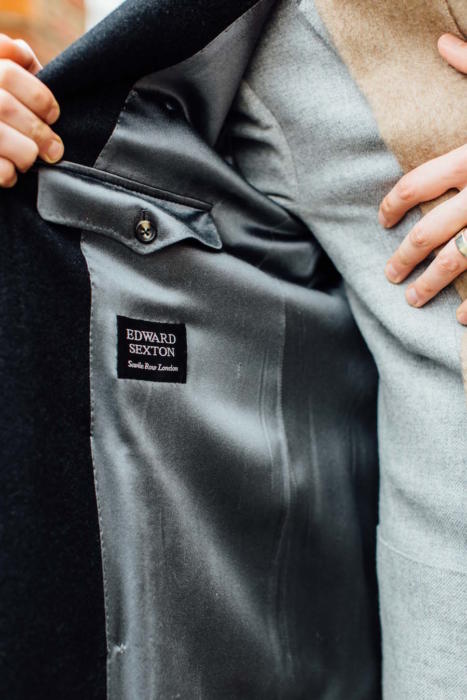
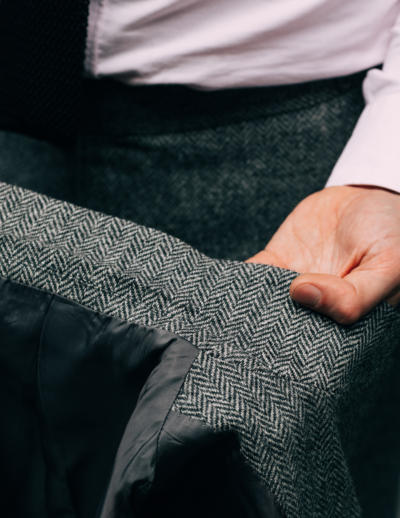
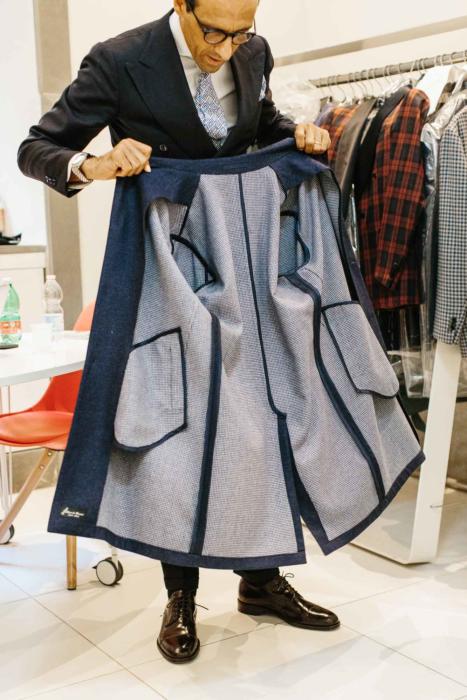
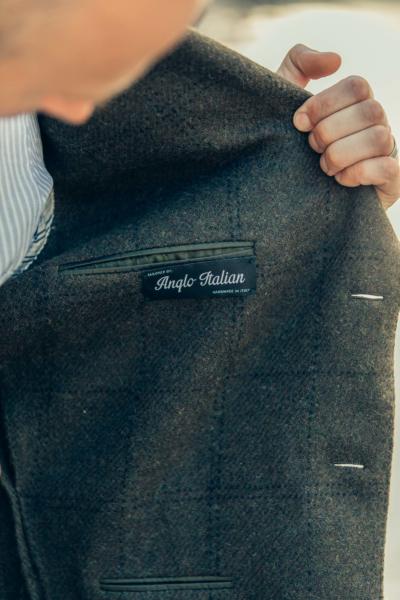
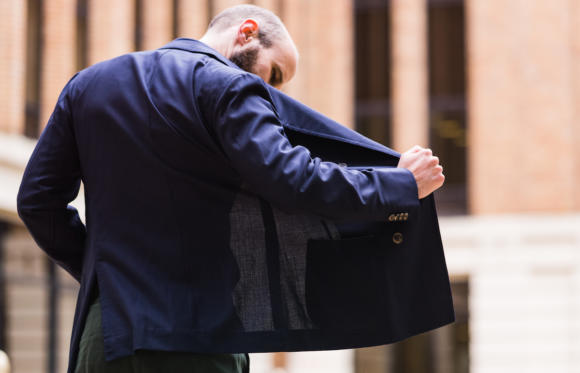
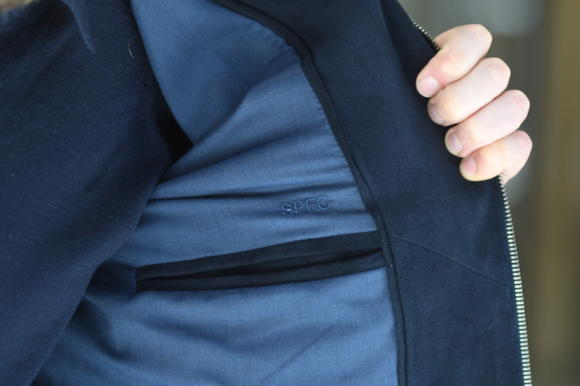
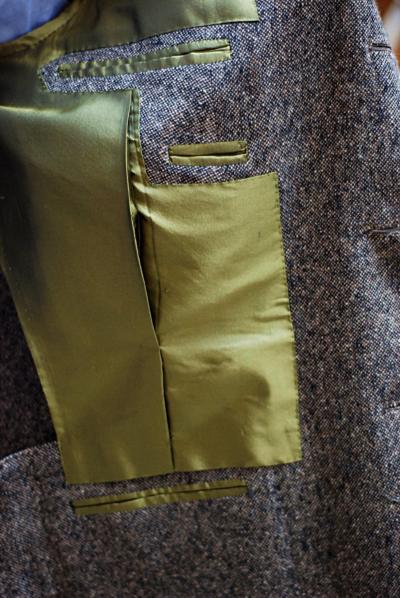
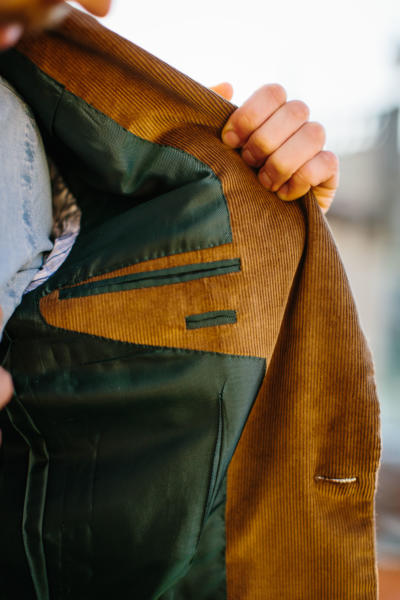
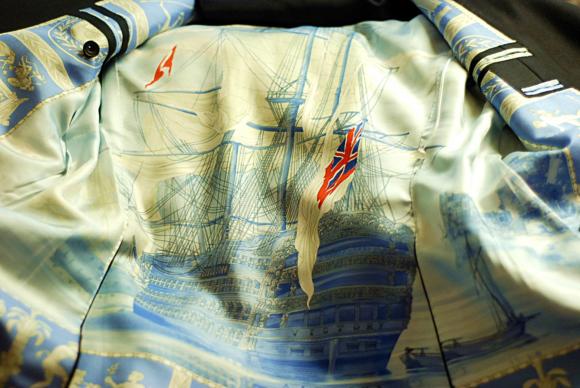


0 comments